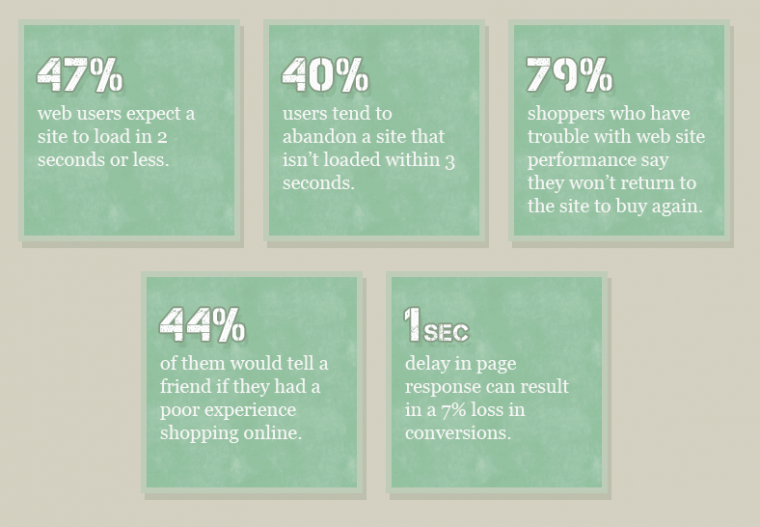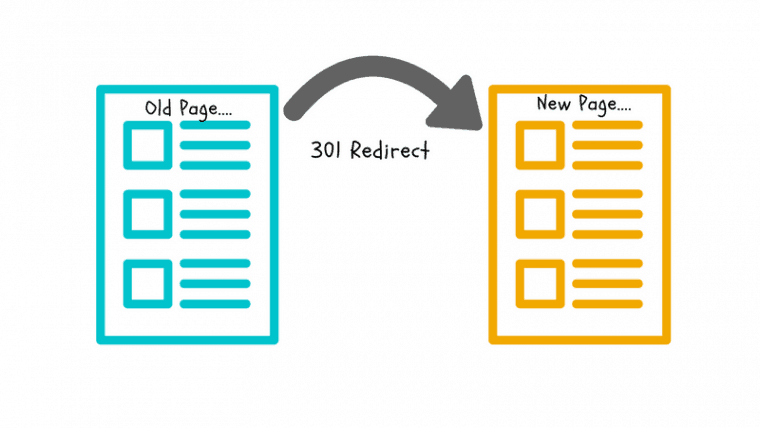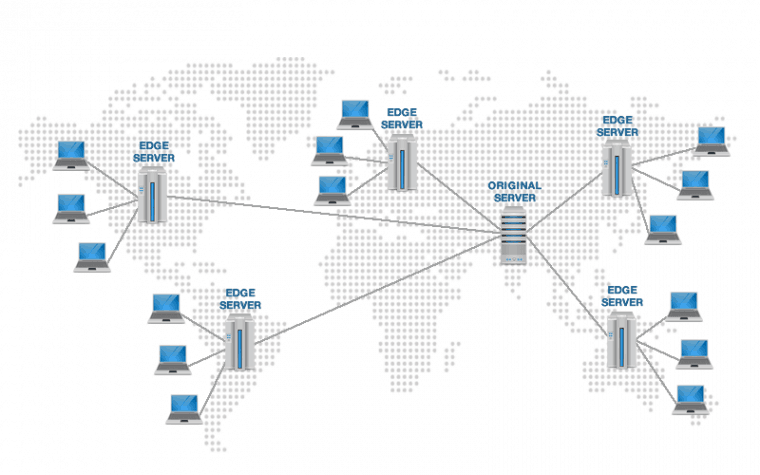According to the latest research, approximately 40 percent of all online users expect a website to load within two seconds. That means that at least two web pages should be fully loaded by the time one finished reading the previous sentence. In translation, it is quite a high standard indeed. And rightly so. Efficiency and speed are some of the main selling points for the never-ending inventions in the field of technology, so it makes sense that people expect online platforms to operate very quickly. Google wants fast loading times to become the norm.
Expectedly, constant upgrades in the field of technology also mean that websites can now offer more interactivity than ever before. This includes an indefinite number of plug-ins, add-ons, and other additions that improve the visitor’s experience. At some point, ironically, these accessories may start doing the opposite of what they were put in place for. Meaning, they may affect the conversion rates negatively instead of optimizing them as they begin slowing down the time that it takes for a page to load.
Think About the Images
When taking into account all the blogging websites in the world, more than two million posts are created daily. That means that the competition for visitors’ attention is about as fierce as it gets. In order to increase user retention rates, many website owners decorate their platforms with colorful images to supplement the material in the posts. And although this is a great way to make the content more relevant and interesting, it is also the easiest way to prolong loading times. Therefore, your first order of business is to carefully consider which images are necessary and either take some of them out or compress their size via online compressors.
Code Matters
With the growth of third-party providers like WordPress and countless e-commerce store creators, most people do not build entire websites from scratch. Instead, they sign up for alternative ways where they can design their page without ever dealing with as much as a single line of HTML, CSS, or JavaScript codebase. Sometimes, however, this means that the code is not optimized and uses a plethora of HTML requests that could be compressed. Until that is done, the website loading times will suffer, and delays will be frequent.
If you want a successful platform, it’s not a bad idea to learn a little bit of coding so that they can improve customer’s experience.
Caching
Usually, people who own a mobile device or a computer have dealt with the options to “clear browsing history” or “clear cache” at some point.
For those unfamiliar, caching is what happens when someone visits a website, and the information from that website gets stored on their computer. That way, the next time that they visit the website, their computer will load the previously saved information instead of re-downloading it all again.
As a consequence, the overall time one spends waiting is less. Website owners should customize their platforms to allow caching or storing of web information on the visitor’s device.
Unused Files
As people modify their websites, some plug-ins may become obsolete and unused. For example, a custom-made add-on that is supposed to improve the experience for iPhone users could become useless if there is a new model of this phone that is not compatible with the plug-in. Unfortunately, people often forget to remove the unnecessary features. This leads to congestion that increases the loading time as more things must be downloaded. An easy fix is to completely analyze every portion of the website and look for unnecessary files and scripts. Once those are located, getting rid of them is the quickest way to improve speed.
Too Many Redirects
Redirects are one of the most popular ways for people to use custom-made links that aim to improve credibility. For example, websites that sell products often shorten their product page links in order to conduct social media marketing campaigns where the number of characters plays an important role. It’s a simple matter to redirect from the shortened link to the full address of the product. Although this practice helps in certain areas, it can cause unwanted delays.
Think of it as similar to someone who walks into a store to buy something but, upon arriving where it normally can be found, are told they need to go somewhere else to locate it. This means more time spent walking to the new location. In order to avoid this, people should either not use redirects at all only when necessary.
Postpone JavaScript’s Loading
Not everything on a web is downloaded at the same time. Usually, files that are showcased first are prioritized. JavaScript tends to be one of the most time-consuming parts of the website when it comes to loading. So, a lot of creators do something know as the deferment of the JavaScript. This means they wait to load it until all other elements have completed downloading. The user will not be stuck looking at a blank page because the image download has taken a backseat to Java’s needs.
Content Delivery Network
To simplify the way in which Content Delivery Networks or CDNs work, think of them as platforms that allow certain files to be delivered through web servers located closer to the user’s physical location. For example, if a person from Texas visits a website hosted in California, using a CDN will allow the files to be delivered through a server somewhere in Texas. This further means that the reduction in distance will decrease the time it takes to load pages. After all, file delivery from thousands of miles away will always be slower than a file delivery happening within a few miles.
Final Thoughts
The list of possible ways to improve visitor experience with better loading speeds is a long one. In fact, the alternatives are only as limited by your expertise and knowledge of online systems. Beginning with these seven strategies to decrease website loading time is a great way to kickstart the process.



